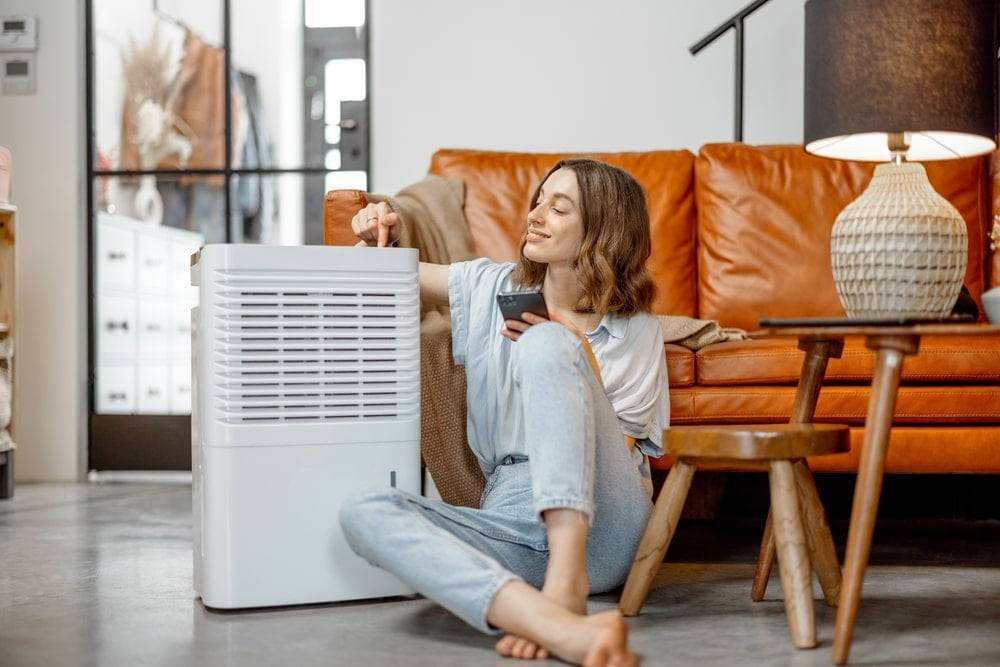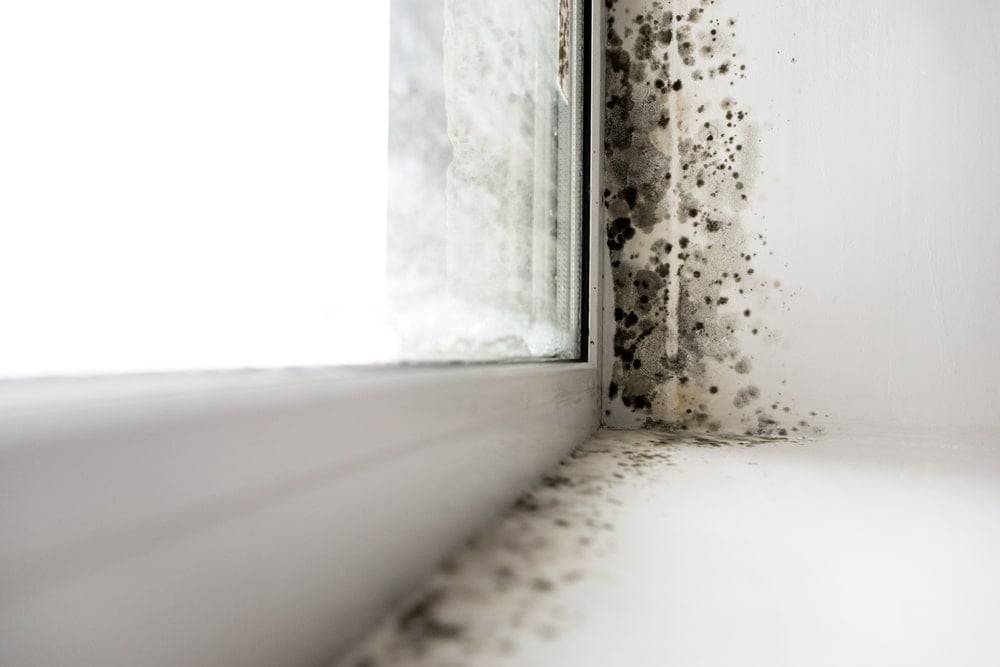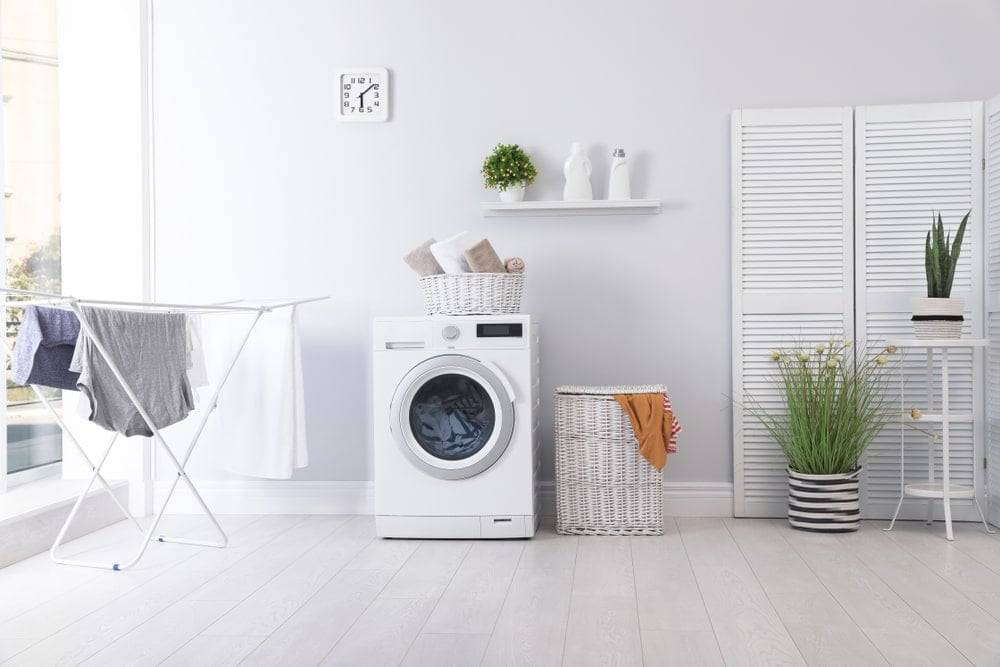The VonHaus Dehumidifier Guide 2025


You’ve probably heard about dehumidifiers—the unsung heroes of maintaining a dry, comfortable home. But what exactly do they do, and how do they pull off their magic? If you’ve ever wondered about the benefits, drawbacks, and how these devices can improve your living space, you’re in the right place.
In this comprehensive guide, we’ll demystify dehumidifiers, from battling dampness and mould to helping you dry your clothes more efficiently. Let’s dive in and see how they can transform your home!
What does a dehumidifier do?
In simple terms, a dehumidifier sucks excess moisture from the air until your home’s relative humidity reaches a comfortable level. Once it hits that sweet spot (typically around 50% humidity), it keeps working quietly in the background—no need for you to lift a finger.
Understanding relative humidity
Before we go any further, let’s quickly cover relative humidity—a key factor in understanding how dehumidifiers work. Relative humidity measures the amount of moisture in the air compared to the maximum it can hold at a specific temperature. When it reaches 100%, you hit the "dew point," meaning water will start condensing on surfaces.
As temperatures drop, relative humidity rises, even if the moisture content stays the same. That’s why your home can feel damp and uncomfortable during cold, rainy days—cooler air holds less moisture, so everything feels clammy. Warm air, on the other hand, can hold more moisture, making your home feel stuffy.
What relative humidity should my home be?
Aim to keep your home’s relative humidity between 45% and 50%. This is the sweet spot where your living space stays comfortable, your belongings are protected, and dust mites and mould don’t have a chance to thrive. Anything lower, and you might see your energy bills creep up with little benefit in return.
Where does the water come from?
Here’s something that surprises most people: there’s always moisture in the air, both indoors and outdoors. Everyday activities like cooking, showering, or even tending to your plants can raise indoor humidity levels. Too much moisture in your home creates the perfect conditions for mould, mildew, and dust mites to flourish.
You’d be amazed at how much water can be lurking in the air. For instance, I once ran my dehumidifier for just a couple of hours and pulled a full pint of water out of the air! It’s a real eye-opener.
How does a dehumidifier work?
Most dehumidifiers use a refrigeration system with cooling coils to chill the air to low temperatures. As the air passes over these coils, water vapour condenses into liquid, which is collected in a reservoir. Other dehumidifiers use desiccant materials that absorb moisture from the air without refrigeration.
Either way, these workhorses are designed to keep your space dry and comfortable, whether you’re tackling a musty basement or a humid bedroom.
How much water does a dehumidifier remove?
The amount of water a dehumidifier removes depends on factors like its power, room size, temperature, and the current humidity level. While a 12-litre dehumidifier might not extract a full 12 litres in 24 hours, it will still make a huge difference in reducing moisture. Just remember to empty the collection bucket regularly—it could be every couple of days, or even twice a day in more humid conditions.
Will a dehumidifier help with mould?


Absolutely! Dehumidifiers are a fantastic tool for preventing mould. By keeping humidity levels below 50%, they create an environment that discourages mould and mildew growth. However, if you already have mould, you’ll need to deal with the source of the problem before relying solely on a dehumidifier.
Will a dehumidifier get rid of damp?
A dehumidifier can definitely help reduce dampness, as long as it’s the right size for your room. However, if you’re dealing with severe damp or flood damage, you may need multiple units or specialised equipment to speed up the drying process. Always consult professionals if you’re facing serious moisture issues.
Do dehumidifiers dry clothes?


Yes, they do! Although not designed specifically for this purpose, a dehumidifier can help dry clothes faster by reducing the room’s moisture levels. Just hang your laundry nearby, and the dry air will naturally help pull moisture from your clothes. It’s not as quick as a tumble dryer, but it’s an energy-efficient alternative.
For more details on how dehumidifiers can help with laundry, check out our guide here.
How long does a dehumidifier take to dry clothes?
The time it takes depends on factors like the size of the room, the amount of laundry, and the dehumidifier’s capacity. Typically, a dehumidifier can significantly shorten drying times compared to air drying, but don’t expect it to work as fast as a tumble dryer.
When should you use a dehumidifier?
If your home feels stuffy, there’s condensation on your windows, or a musty smell is creeping in, it’s time to use a dehumidifier. You’ll also want to run one regularly in humid climates or during the wet season to maintain a comfortable living environment and prevent long-term moisture problems.
What size dehumidifier do I need?
Choosing the right size dehumidifier is crucial. The size of the room, its dampness levels, and how much moisture you need to remove all come into play. Most dehumidifiers are categorised based on room size. If you’re unsure, opt for a larger unit—it will remove more water more efficiently and save energy in the long run. Keep an eye on energy efficiency, as this can lead to significant savings over time.
Can you sleep with a dehumidifer on?
Yes, you can safely sleep with a dehumidifier on. It helps maintain a comfortable, moisture-free environment overnight. Just make sure it’s not too loud, or try placing it in a nearby room. Many modern dehumidifiers have a sleep mode that runs quieter during the night.
Are there any disadvantages to dehumidifiers?
Dehumidifiers are generally fantastic, but it’s important not to overuse them. If the air in your home becomes too dry, it can cause discomfort like dry skin, itchy eyes, and even respiratory issues. Moderation is key—use your dehumidifier wisely to maintain a balanced, cosy atmosphere.
Dehumidifiers play an essential role in creating a comfortable, healthy living environment by keeping moisture levels in check. By preventing mould, mildew, and other moisture-related issues, they help protect both your home and your health.


